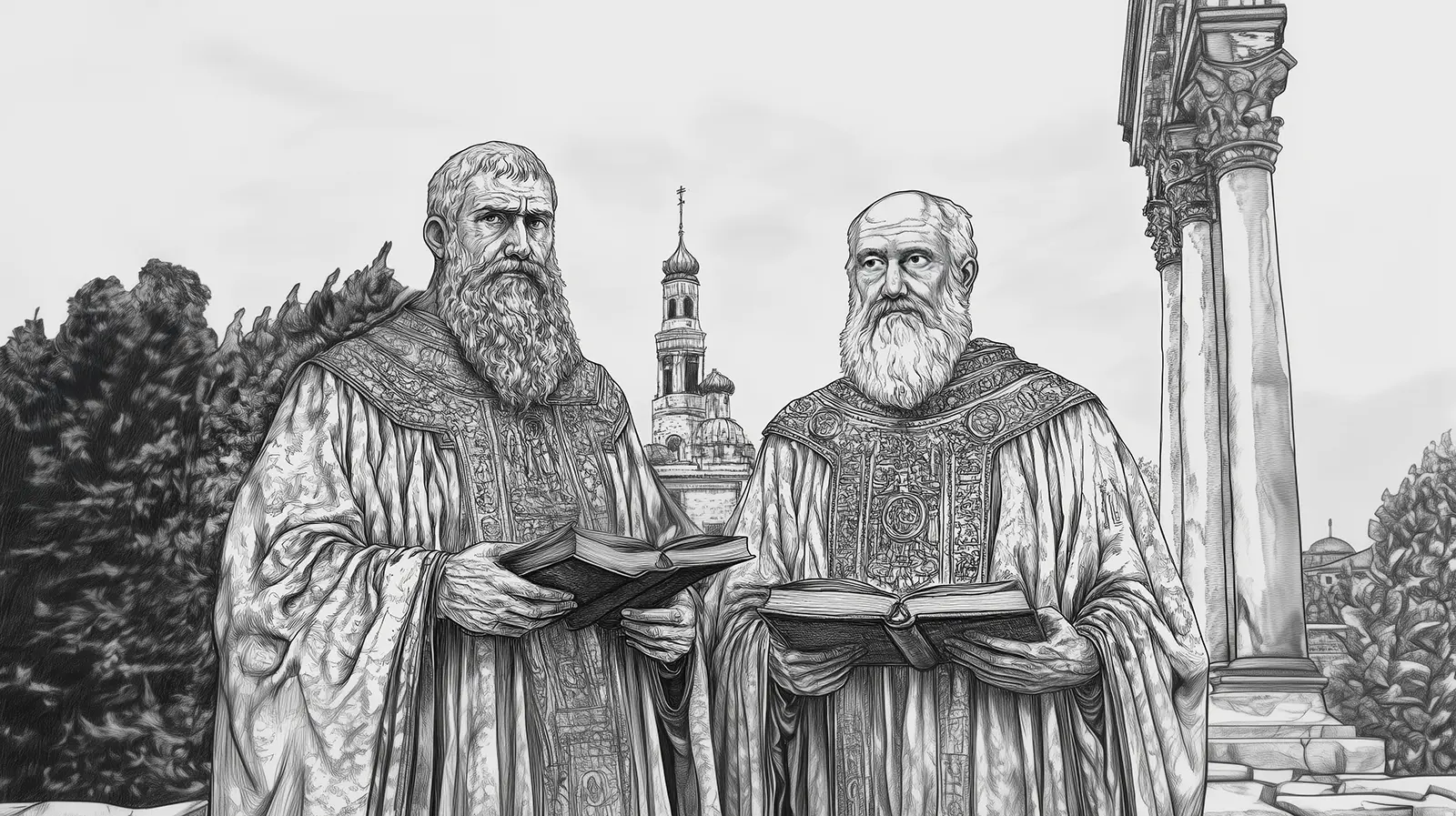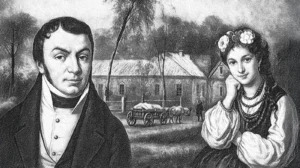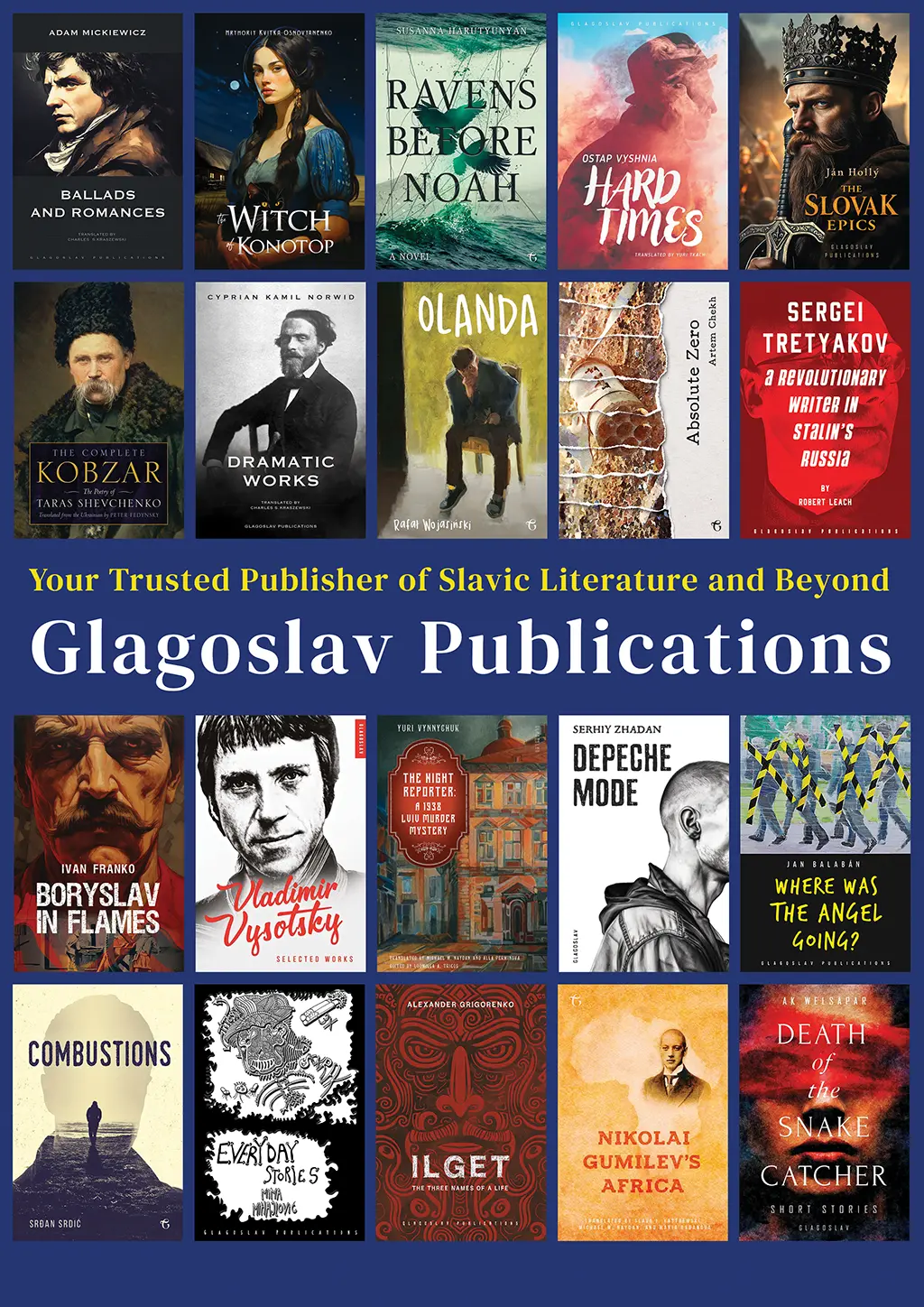Our Blog

Cyril and Methodius – The Literary Pioneers Who Shaped Early Slavic Culture
Table of Contents
- Introduction
- Early Life
- Mission to the Slavs
- Context of the Mission
- Impact on Slavic Culture
- Theoretical Perspectives
- Legacy
- Contribution to Slavic Literacy and Language
- Development of the Glagolitic Alphabet
- Contributions to Slavic Literary Culture
- Modern Commemoration and Cultural Impact
- Research, Resources, and Linguistic Legacy
- Conclusion
Introduction
Cyril and Methodius, the revered 9th‑century Byzantine brothers, are celebrated as the Apostles to the Slavs. Their pioneering work in establishing a written tradition among the Slavic peoples not only facilitated the spread of Christianity but also laid the foundation for a vibrant literary culture. Through the creation of the Glagolitic alphabet and the translation of sacred texts into the vernacular, they sparked a cultural awakening that resonates to this day.
Their mission was transformative—challenging the linguistic dominance of Latin and Greek in liturgical contexts and promoting native language use, which in turn unified diverse Slavic communities. As you explore this article, you will discover how their legacy continues to influence Slavic culture, education, and national identity.
Early Life
Born in Thessaloniki during the early 9th century, Cyril and Methodius grew up in an environment rich in cultural and linguistic diversity. Cyril, originally named Constantine, exhibited remarkable linguistic talent from an early age. Educated in Constantinople, he was immersed in Hellenic literature and philosophy—a foundation that would later influence his scholarly pursuits.
In contrast, Methodius initially embarked on a military career, serving as a governor in a Slavic-Bulgarian region. However, his eventual retirement from public life to embrace monasticism set him on a spiritual path. This divergence in their early lives ultimately paved the way for a powerful collaboration that would change the course of Slavic history.
Mission to the Slavs
Invited by the rulers of Great Moravia, Cyril and Methodius embarked on a groundbreaking mission aimed at both religious conversion and cultural enrichment. Their objective was to introduce Christianity to the Slavic peoples in a way that respected and preserved their linguistic heritage.
This mission was revolutionary because it departed from the prevailing norm of imposing foreign liturgical languages. Instead, the brothers developed a system that allowed sacred texts and liturgy to be communicated in the Slavic tongue. In doing so, they empowered the local population by making religious and educational content accessible in their native language.
Context of the Mission
The late 9th century was a period of significant socio-political transformation among the Slavs. Centralized state formations were emerging, and local rulers were eager to consolidate power through the adoption of Christianity. By inviting Cyril and Methodius, these leaders not only sought spiritual guidance but also aimed to forge a cultural unity that would strengthen their domains.
Moreover, the brothers’ approach was both political and cultural. Their mission was designed to counteract the dominance of Greek and Latin in ecclesiastical affairs and to nurture a sense of pride in the Slavic language. As a result, their work laid the groundwork for a lasting cultural and religious transformation.
Impact on Slavic Culture
The efforts of Cyril and Methodius had a profound and lasting impact on the Slavic world. Their work sparked a cultural renaissance that not only promoted literacy but also fostered a distinct Slavic identity. This cultural awakening enabled the Slavs to embrace Christianity on their own terms, blending it with local customs and traditions.
As their disciples spread the new written language, literacy and education began to flourish across Eastern Europe. The establishment of a literary tradition played a crucial role in the formation of national identities and helped to unify disparate Slavic groups under a common cultural and religious framework.
Theoretical Perspectives
Scholars have long debated the broader implications of the mission led by Cyril and Methodius. The ideas of Johann Gottfried Herder, for example, emphasize that language is a vital component of national identity. In this light, the brothers’ efforts can be seen as not only religious but also as foundational to the development of Slavic national consciousness.
Their work challenged the established cultural hegemony of Western languages and promoted the idea that the nuances of thought and tradition are inextricably linked to one’s native tongue. This theoretical perspective continues to influence modern interpretations of their legacy.

Legacy
The legacy of Cyril and Methodius is both profound and multifaceted. Revered as the Apostles to the Slavs, their contributions have left an indelible mark on the cultural, religious, and literary history of Eastern Europe. Their mission laid the cornerstone for a written tradition that would nurture a flourishing literary culture among the Slavs.
Today, they are celebrated across various Slavic nations, and their feast days are observed with great reverence. Their influence extends into modern education, language policy, and cultural identity, making them enduring icons in the annals of European history.
Contribution to Slavic Literacy and Language
Perhaps the most celebrated achievement of Cyril and Methodius is the creation of the Glagolitic alphabet—the first script specifically designed for the Slavic languages. This innovation enabled the translation of religious texts into Old Church Slavonic, thereby democratizing access to Christian doctrine and fostering literacy.
By making sacred texts accessible to the common people, the brothers empowered communities to engage directly with their faith. This monumental step not only enriched religious life but also laid the foundation for a vibrant literary tradition that would eventually influence generations of Slavic writers.
Development of the Glagolitic Alphabet
The Glagolitic script, also known as Glagolitsa, emerged as a pioneering innovation in the 9th century. Designed to represent the sounds of the Slavic languages, this alphabet was meticulously crafted with thirty unique characters. Its design was both functional and symbolic, reflecting a blend of Byzantine artistic traditions and indigenous cultural influences.
Initially used in liturgical texts, the Glagolitic alphabet allowed for the effective dissemination of religious teachings. Over time, however, it was gradually supplanted by the Cyrillic alphabet, which built upon the foundations laid by its predecessor. Despite this shift, Glagolitic remains a powerful symbol of the early efforts to codify Slavic language and culture.
Contributions to Slavic Literary Culture
Beyond language, the mission of Cyril and Methodius ignited the development of a rich Slavic literary culture. Their translations of the Gospels and other key religious texts provided a literary model for subsequent generations. This not only spurred the growth of written literature but also helped to standardize the use of the Slavic language in formal and ecclesiastical settings.
The creation of a written literary tradition allowed for the preservation and transmission of cultural values. It encouraged the production of new works—ranging from poetry to historical chronicles—that celebrated Slavic heritage and identity. In essence, the literary culture nurtured by the brothers continues to shape the cultural landscape of the Slavic world.
Modern Commemoration and Cultural Impact
Today, the legacy of Cyril and Methodius is commemorated through national holidays, cultural festivals, and academic celebrations across Eastern Europe. For instance, North Macedonia observes May 24 as “Saints Cyril and Methodius, Slavonic Enlighteners’ Day,” while similar commemorations occur in the Czech Republic, Slovakia, and other Slavic nations.
Moreover, these pioneers are recognized as co-patrons of Europe, a testament to their enduring influence on European cultural identity. Their work is celebrated not only within religious contexts but also as a vital chapter in the broader history of European literacy and cultural development.
Research, Resources, and Linguistic Legacy
The contributions of Cyril and Methodius continue to be a rich field for academic research. Scholars examine a wide array of primary sources—from ancient manuscripts to archival documents—to better understand the depth of their influence. These studies shed light on the evolution of the Glagolitic script, the translation of religious texts, and the broader cultural exchanges between the Byzantine and Slavic worlds.
Linguistic research has further illuminated how the early literary efforts of these brothers laid the groundwork for the development of modern Slavic languages. Through ongoing scholarly investigations, new insights continue to emerge, reaffirming the pivotal role that Cyril and Methodius played in shaping both language and culture.
Conclusion
In conclusion, the legacy of Cyril and Methodius as literary pioneers is both vast and enduring. Their groundbreaking efforts not only introduced Christianity to the Slavic peoples but also established the very foundations of Slavic literacy and culture. Through the creation of the Glagolitic alphabet and the promotion of native language use, they ignited a cultural renaissance that continues to influence Eastern Europe today.
As you explore the rich tapestry of Slavic history and literature, you will find that the work of these two brothers remains a powerful reminder of the transformative power of language and education. Their legacy lives on in every written word, every liturgical chant, and every celebration of Slavic identity—a timeless tribute to the enduring spirit of the Slavic peoples.





